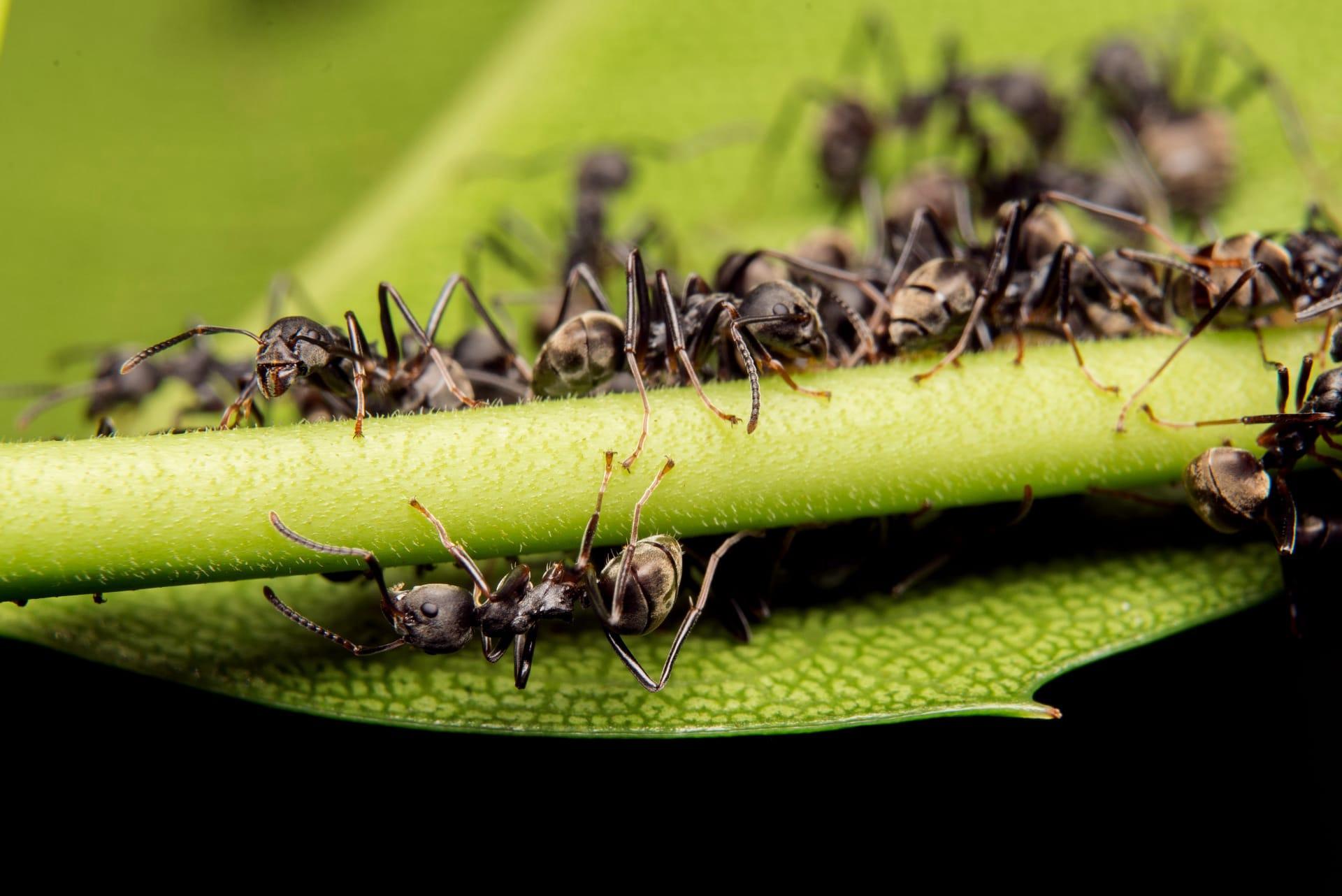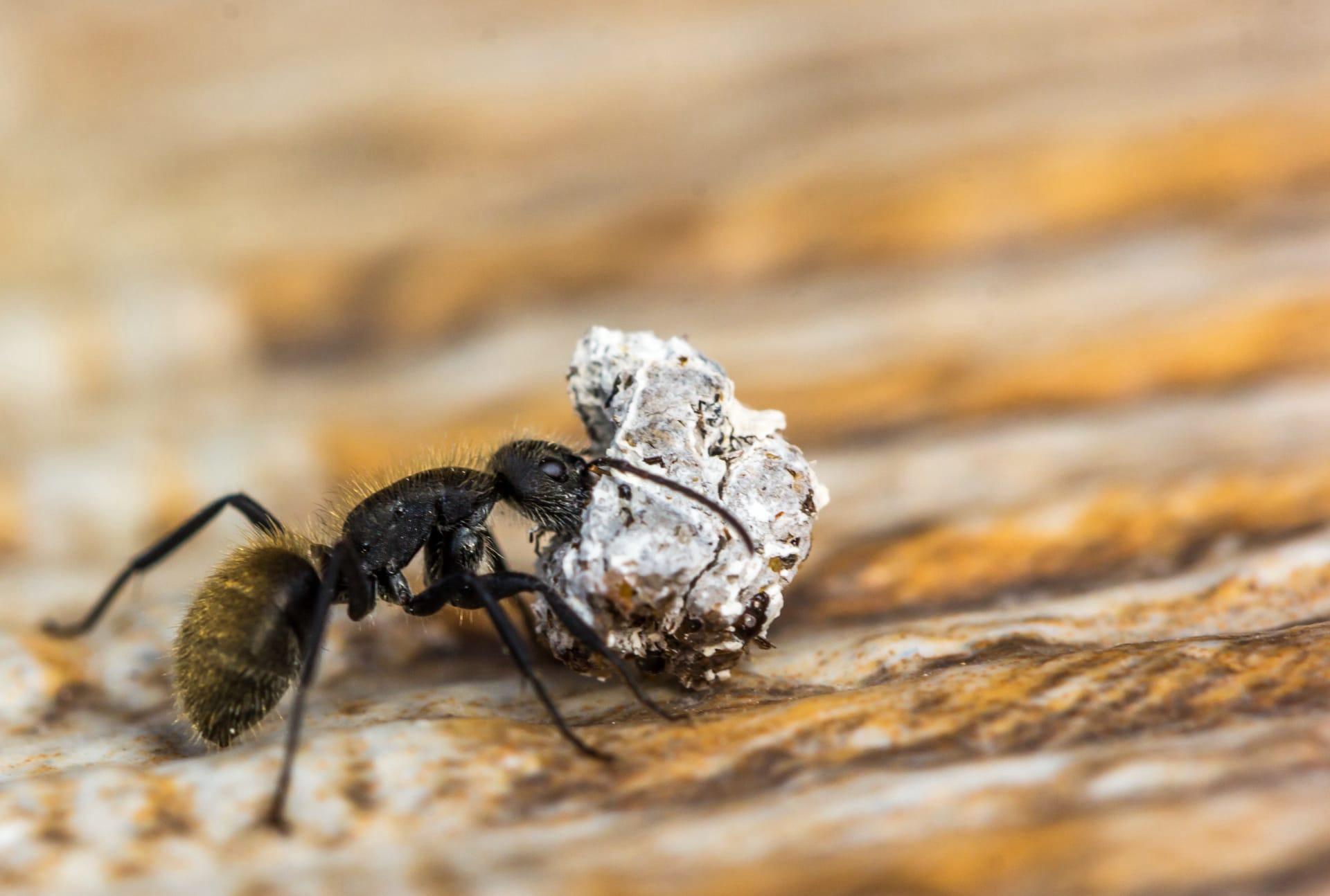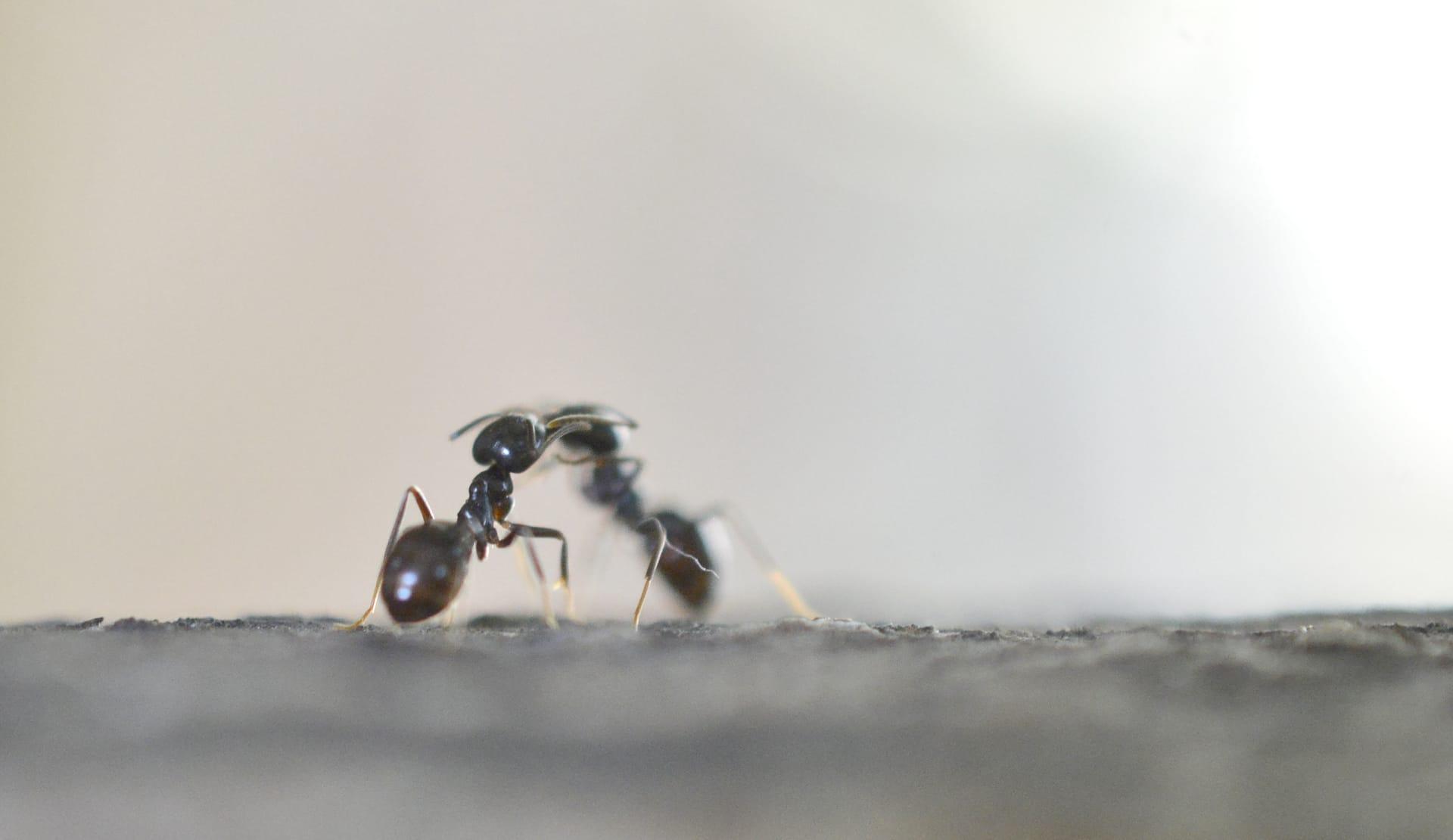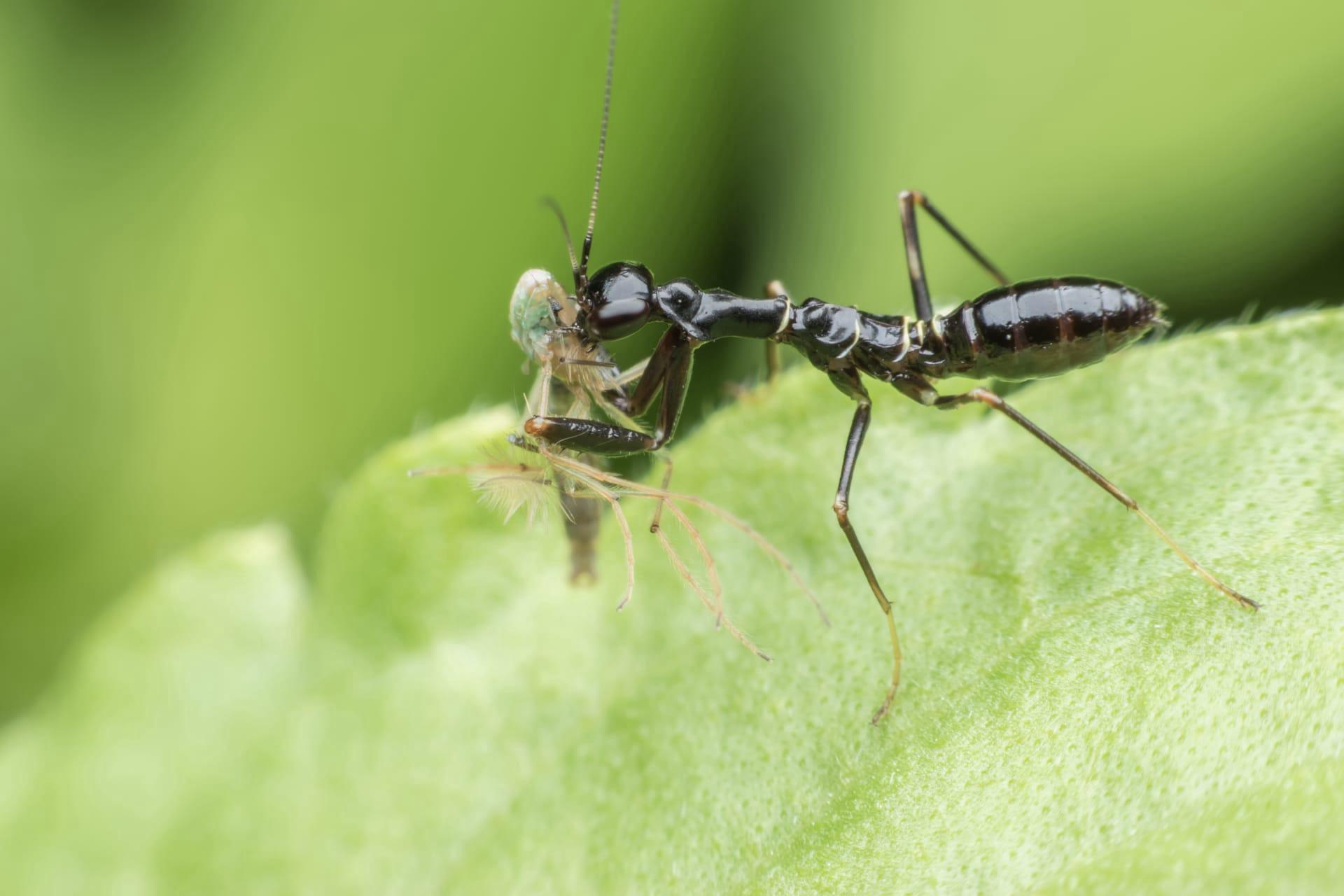Black Ants Characteristics
- Home /
- Mini Encyclopedia /
- Animal /
- Black Ants Characteristics
1
Black ants, scientifically known as Lasius niger, are fascinating creatures. An average black ant measures about 0.3 to 0.5 inches (0.8 to 1.3 cm) in length, displaying a robust exoskeleton that helps protect them in their bustling environments. These ants have a relatively long lifespan for insects, with workers living up to a few months, while queen ants can live up to 15 years under ideal conditions.
One of the most remarkable organs in black ants is their antennae. These aren't just for feeling around; they're complex sensory organs, vital for communication and environmental assessment. Antennae are packed with sensors that detect chemicals, air currents, and vibrations. They're essential for navigating, finding food, and communicating within their colony through pheromones, a set of complex chemical signals.

2
Question: Why do black ants sometimes form a straight line when moving?
Answer: This behavior is known as 'ant trail.' Black ants leave a pheromone trail on their path to food sources. These pheromones are chemical substances that act like breadcrumbs, guiding other ants to the source. As more ants follow this trail and reinforce it with their own pheromones, a distinct line forms. This efficient system allows black ants to exploit food resources effectively, showcasing their advanced communication and organizational skills.

3
Black ants exhibit impressive movement characteristics. They can travel at speeds up to 0.7 inches (1.8 cm) per second, remarkable for their size. Their movement is also highly energy-efficient, thanks to their six-legged gait, allowing for quick and agile maneuvers. This speed and agility are crucial in escaping predators, hunting, and exploring.
In terms of eating habits, black ants are omnivores. They primarily feed on sugary substances like honeydew produced by aphids, as well as fruits and other sweet plant materials. However, they're also scavengers, feeding on dead insects for protein. This varied diet is essential for the colony's nutrition, particularly for the growing larvae, which require a protein-rich diet.

4
Black ants thrive in a variety of environments, from urban areas to rural countrysides. They prefer nesting in dark, moist places, like under stones, in rotting wood, or within cracks in buildings. Adaptability to different environments is a key to their survival, allowing them to live close to human habitats.
The reproduction process of black ants is quite unique. It usually occurs during late spring or early summer, when the queen ant lays eggs. These eggs hatch into larvae, which are then fed and cared for by worker ants. The larvae pupate before emerging as adult ants. The colony's social structure, with a single fertile queen and numerous sterile workers, is integral to their reproductive success and survival.

5
Book: "Empire of the Ants" by Bernard Werber, published in France in 1991. This novel, while fictional, offers a unique and imaginative exploration of the life and society of ants, particularly focusing on a fictional ant species similar to black ants. Werber's work delves into the intricate social structures and communication methods of ants, weaving a fascinating tale that highlights the complexity of these tiny creatures.
Book: "Journey to the Ants: A Story of Scientific Exploration" by Bert Hölldobler and Edward O. Wilson, published in the United States in 1994. This book provides a comprehensive look at the world of ants, including species like black ants. Written by two renowned myrmecologists, it combines scientific insight with accessible narration, presenting an in-depth view of ant biology, behavior, and ecology, making it a must-read for anyone interested in understanding the real world of ants.